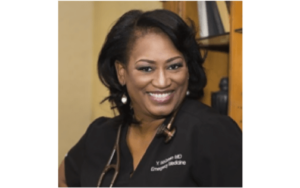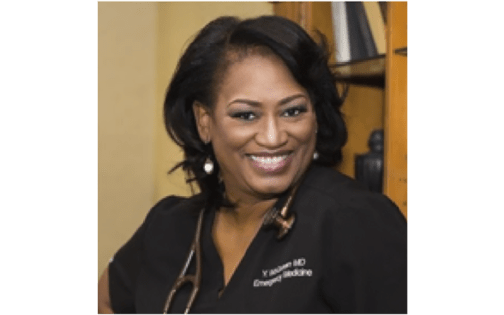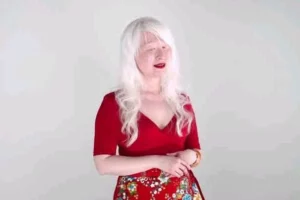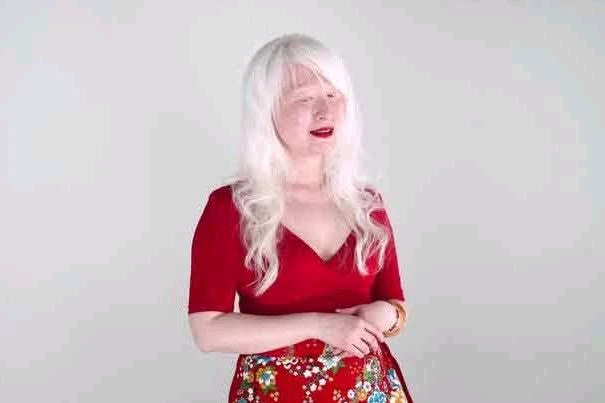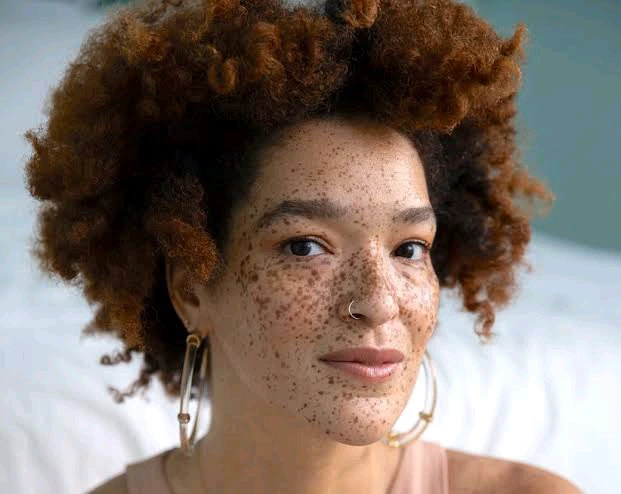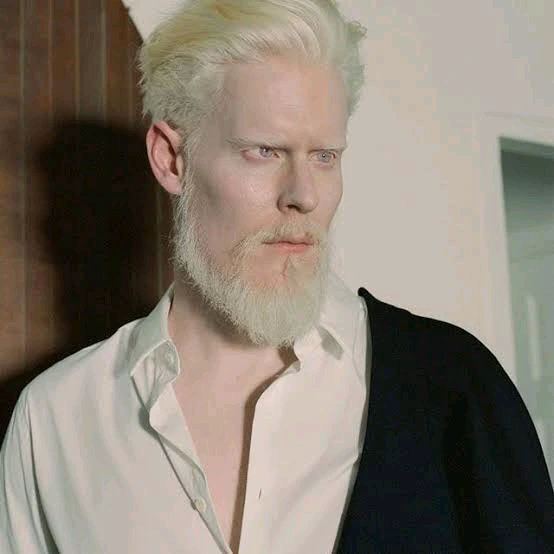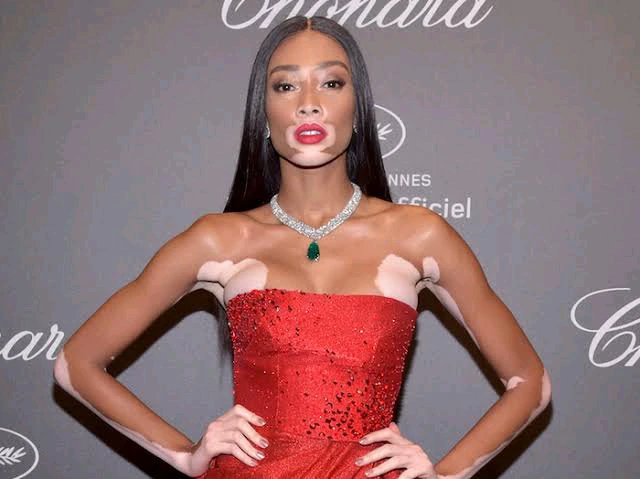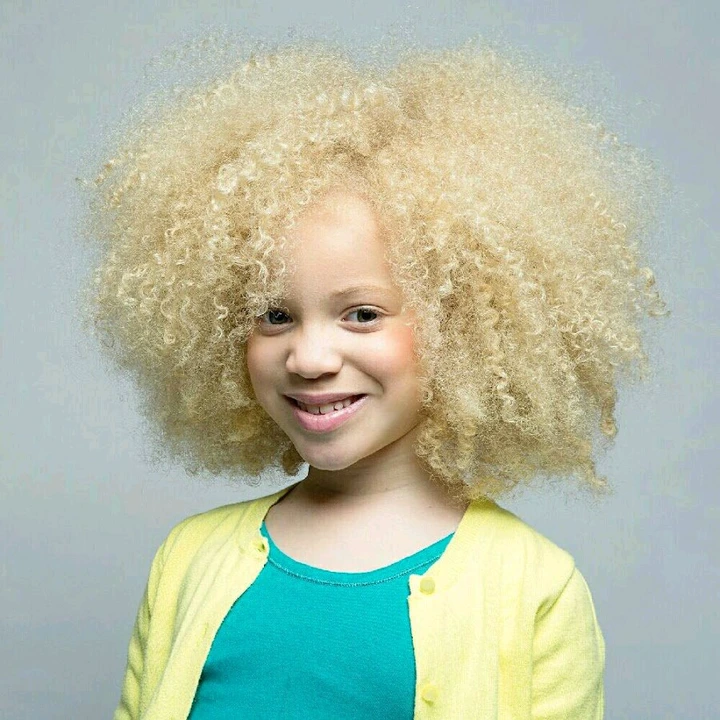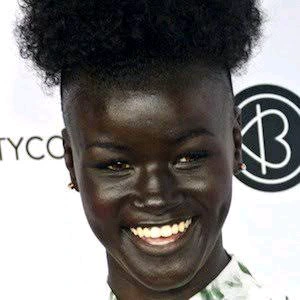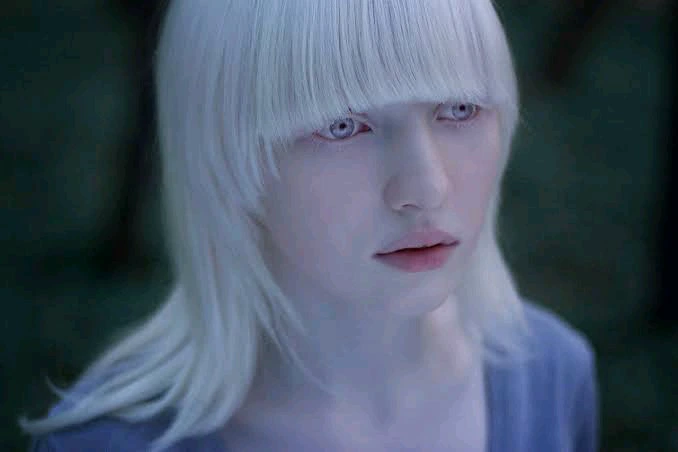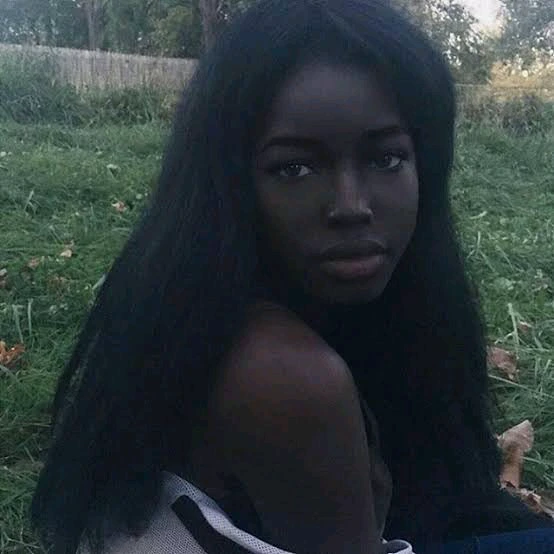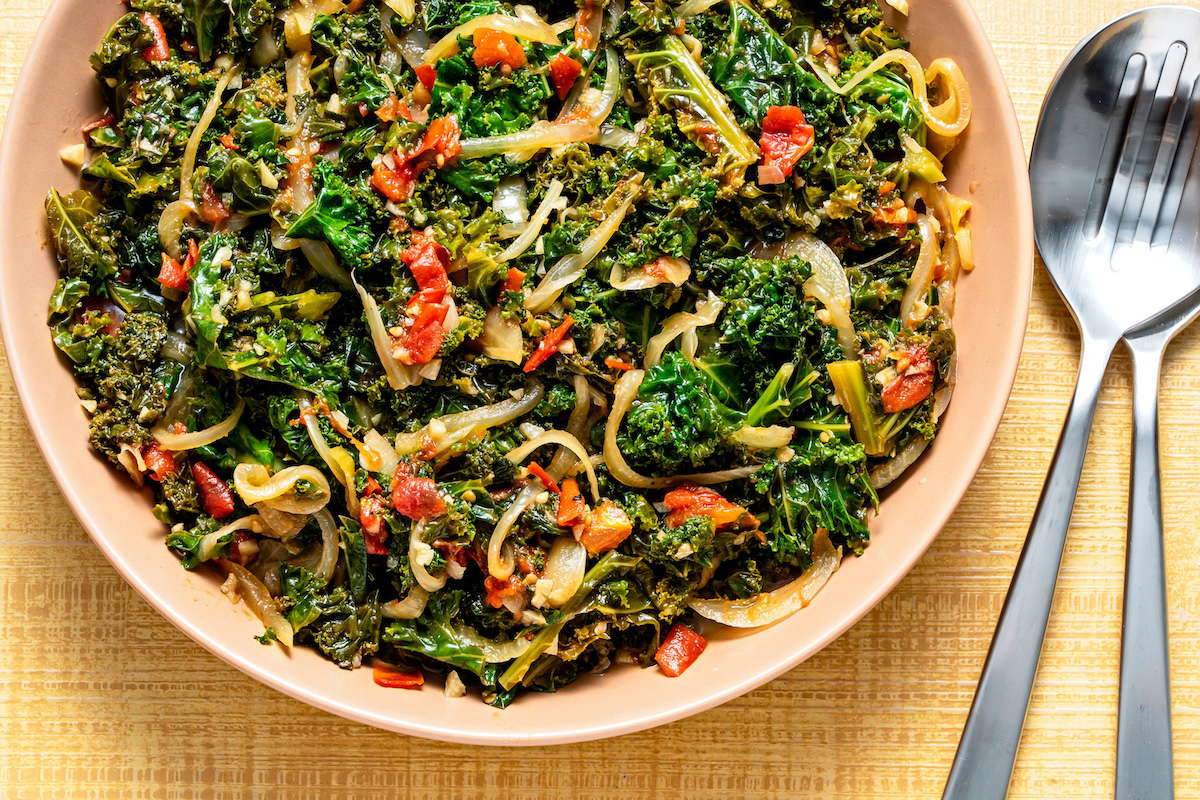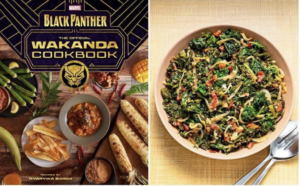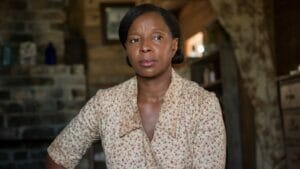
Actors get all the attention, but to make a movie truly great, you need a winning combination of writers, directors, and producers, as well as onscreen talent. To make a strong film that authentically portrays its Black characters, you need Black creatives in those decision-making positions. It’s a very simple concept, people!
To shed a little more light on the incredible writers, directors, and producers that put their hearts and souls into crafting our favorite flicks, we’ve put together a list of must-see movies on Netflix made by Black creators — and we’ve done the same for TV shows. Time to load up that queue.
1. Mudbound
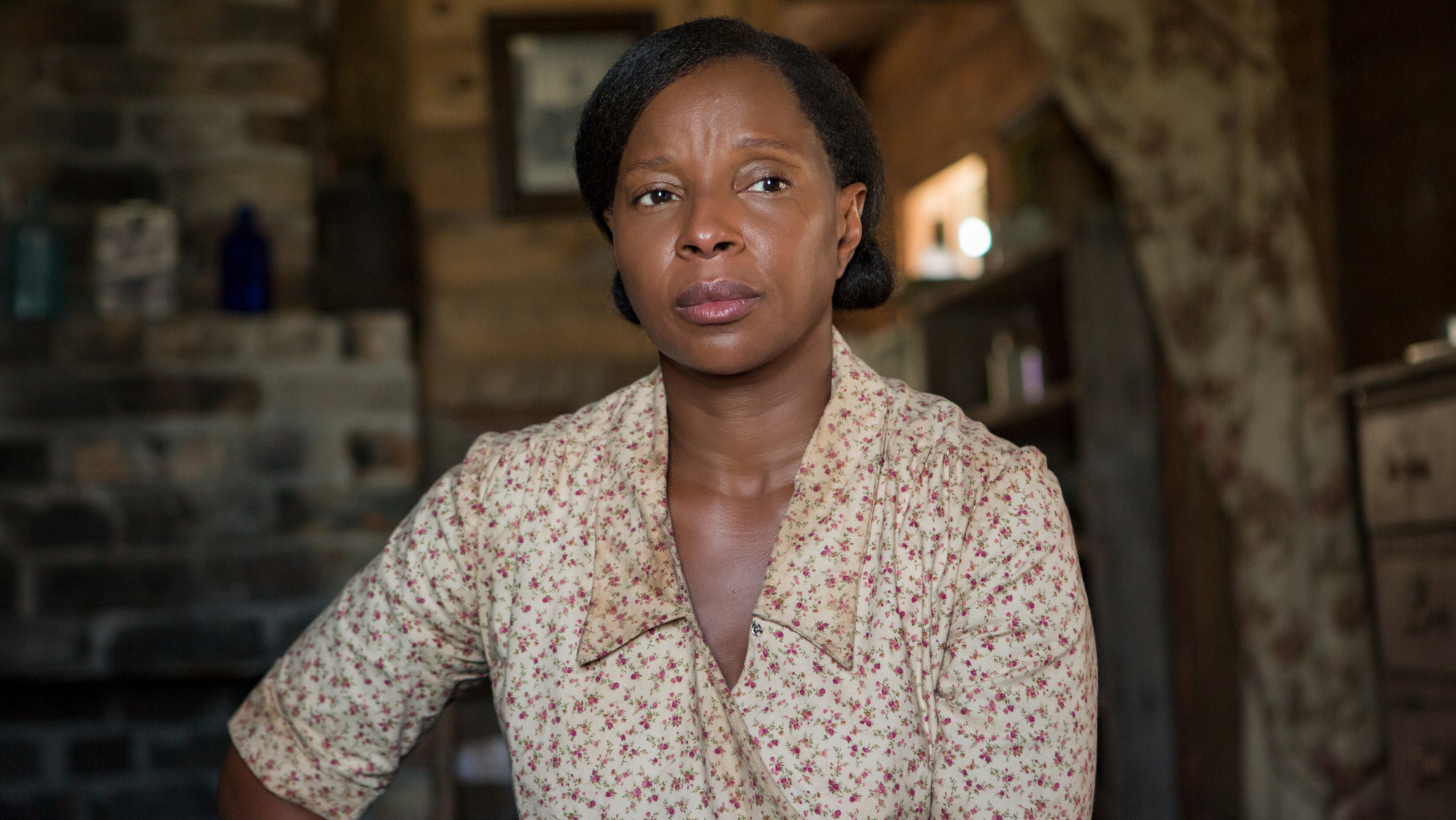
Credit: Steve Dietl
Based on the novel of the same name, Mudbound follows two American soldiers (Garrett Hedlund and Jason Mitchell) who return from WWII changed men. Their rural Mississippi town, however, has not evolved with them.
Director Dee Rees became the first Black woman ever nominated for a best adapted screenplay Academy Award for the exceptional script, which she wrote alongside Virgil Williams. Mary J Blige also garnered both a best supporting actress and a best original song nomination — the first time in history someone has been nominated for an acting and song award in the same year. Mudbound is a riveting and deeply affecting historical drama about two intertwined families navigating an era of intense social change.
How to watch: Mudbound is streaming on Netflix.
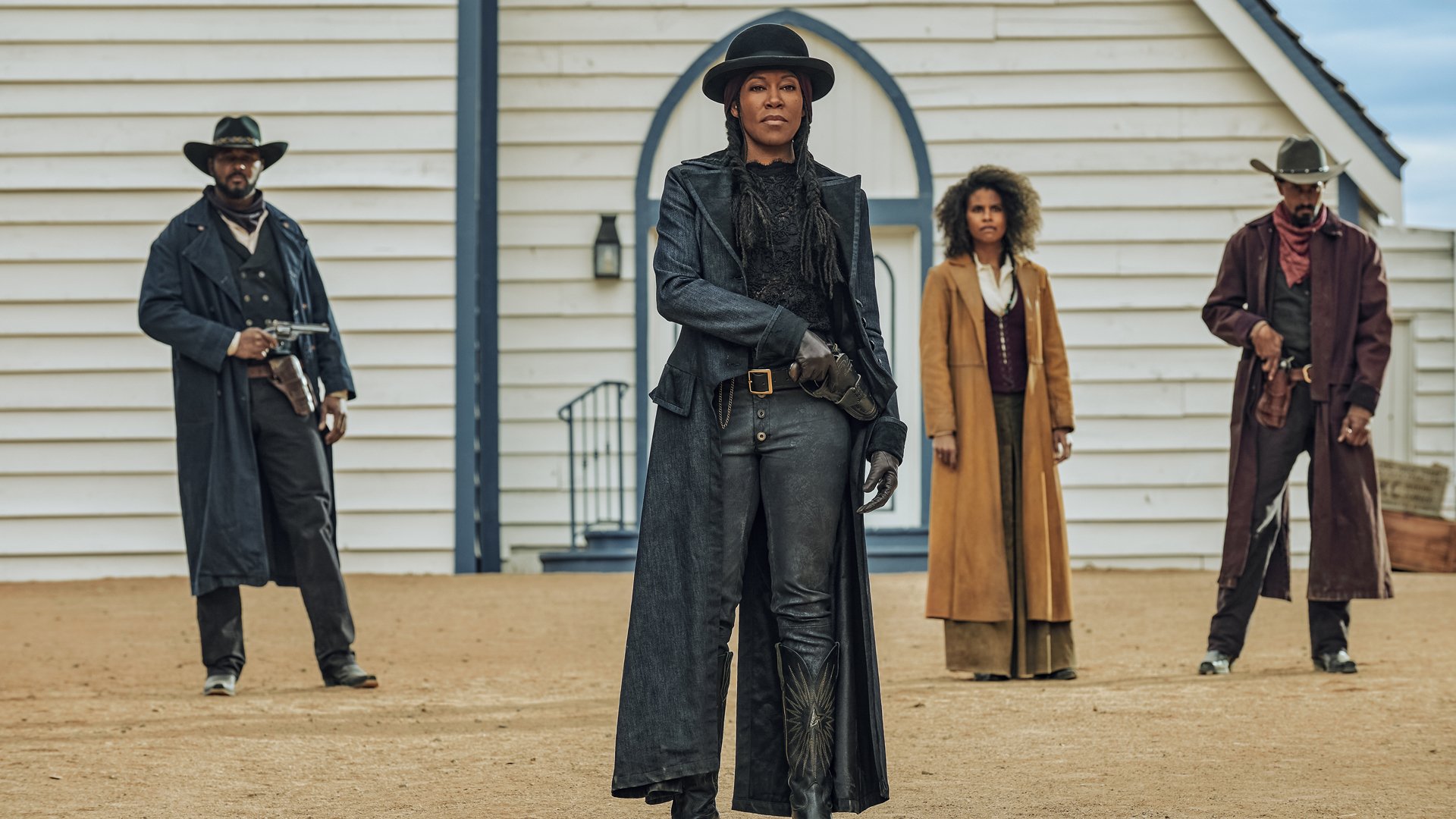
Do not mess with Treacherous Trudy.
Credit: David Lee / Netflix
Directed by Jeymes Samuel, The Harder They Fall, not only boasts an incredible cast — Jonathan Majors, Idris Elba, Regina King, Zazie Beetz, LaKeith Stanfield, and Delroy Lindo — but defiantly reclaims the Western, even before the opening credits roll. A tale of heroes and villains, the film follows Nat Love (Majors), on a quest for revenge against the formidable Rufus Buck (Elba). But he’ll have to make his gunslinging way through “Treacherous” Trudy Smith (Regina King) and Cherokee Bill (Stanfield).
As Mashable’s Kristy Puchko writes in her review, “Bursting with dazzling Black stars, the Netflix-made Western introduces some of the fascinating Black cowpokes who made their mark on the Wild West. Co-writer/director Jeymes Samuel resurrects their legends with style, attitude, and an opening title card that teases, ‘While the events of this story are fictional…These. People. Existed.'” — Shannon Connellan, UK Editor.
How to watch: The Harder They Fall is now streaming on Netflix.
3. See You Yesterday
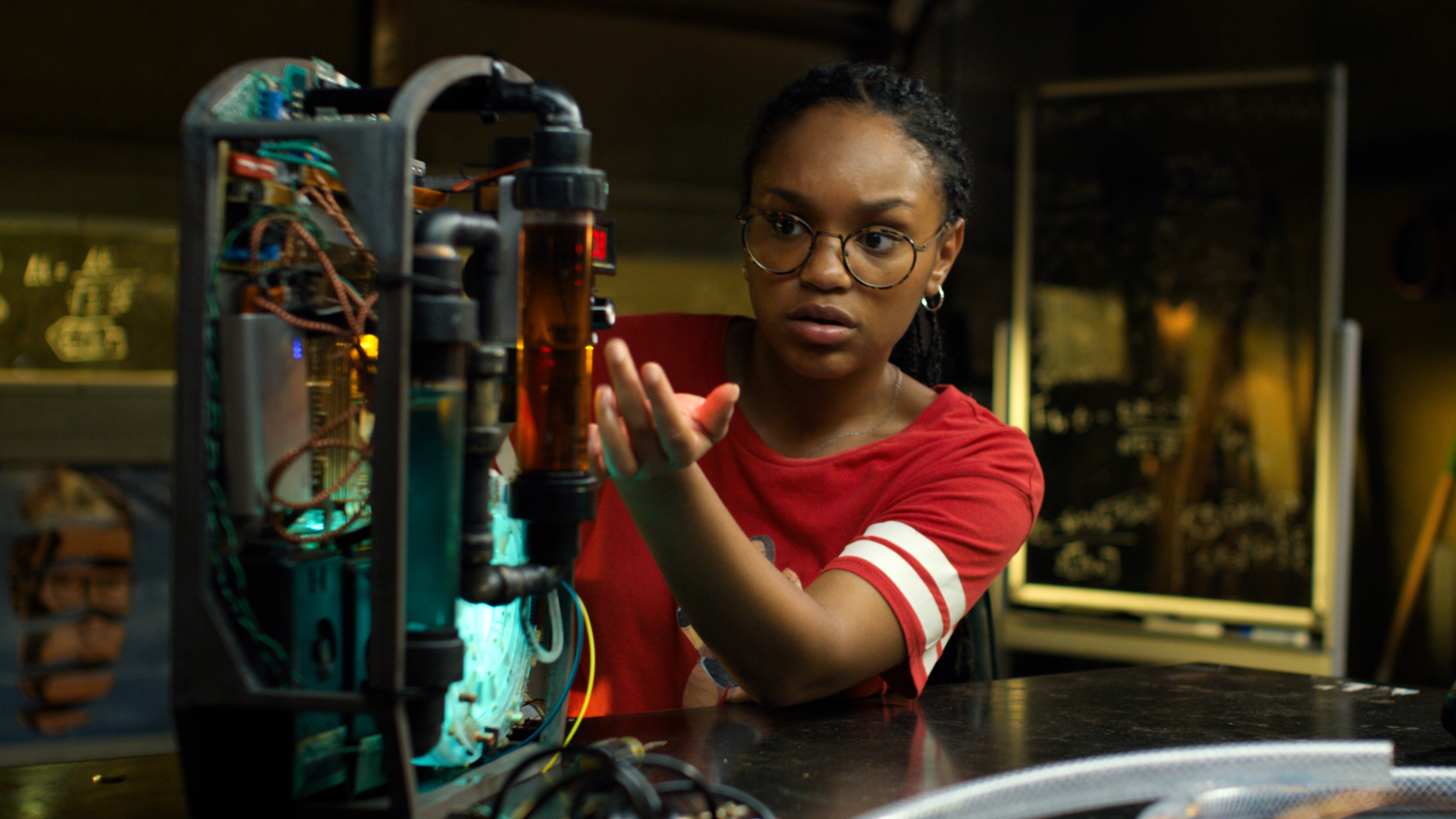
C.J. Walker (Eden Duncan-Smith) tinkering on her time machine.
Credit: Netflix
Eden Duncan-Smith is C.J. Walker, a gifted high school science prodigy who ventures to build a time machine after her brother is killed by the police. With the help of her best friend, she tries to save her brother’s life — but she’ll soon learn that changing the past doesn’t come without consequences.
Written by Fredrica Bailey and Stefon Bristol, and directed by Bristol, this science-fiction adventure is the perfect combination of teenage hijinks and emotional depth. We’re on one hell of a ride, but we never forget the stakes these young characters are facing. It’s captivating, fun, and a much-needed fresh take on a classic genre. Science-fiction films that center Black lives and Black stories have long been a rarity, but with more A+ entries like See You Yesterday, they’ll hopefully become the norm.
How to watch: See You Yesterday is streaming on Netflix.
4. She’s Gotta Have It
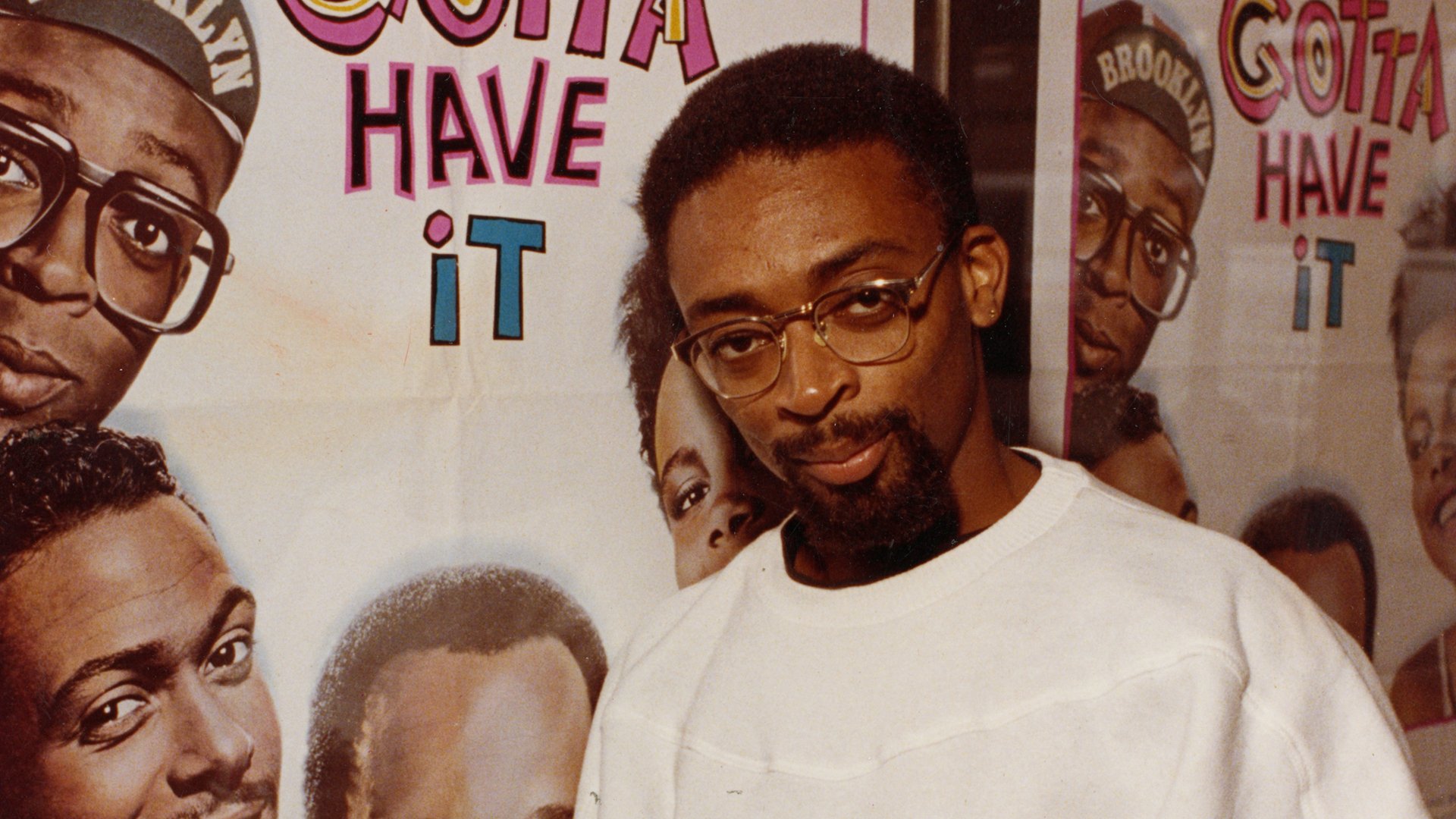
Spike Lee at New York’s Greenwich Village Theater in 1986.
Credit: Ted Dully / The Boston Globe via Getty Images
Thirty-one years before it was a Netflix series, She’s Gotta Have It was the daring comedy that launched Spike Lee’s career and became a landmark in America’s emerging independent film scene. Filmed on a tight budget on black-and-white stock, this Lee joint centers on Nola Darling (Tracy Camilla Johns), a charming Brooklyn-based graphic artist who is juggling three lovers. When these jealous men demand she choose just one of them, Nola is pushed to consider what she wants from love, sex, and relationships. Critics championed how Lee captured a side of Black experience rarely shown in mainstream movies. The prestigious Cannes Film Festival honored him with the Award of the Youth, while the Independent Spirit Awards gave him the award for best first feature, and Johns best female lead.* — Kristy Puchko, Entertainment Editor
How to watch: She’s Gotta Have It is streaming on Netflix.
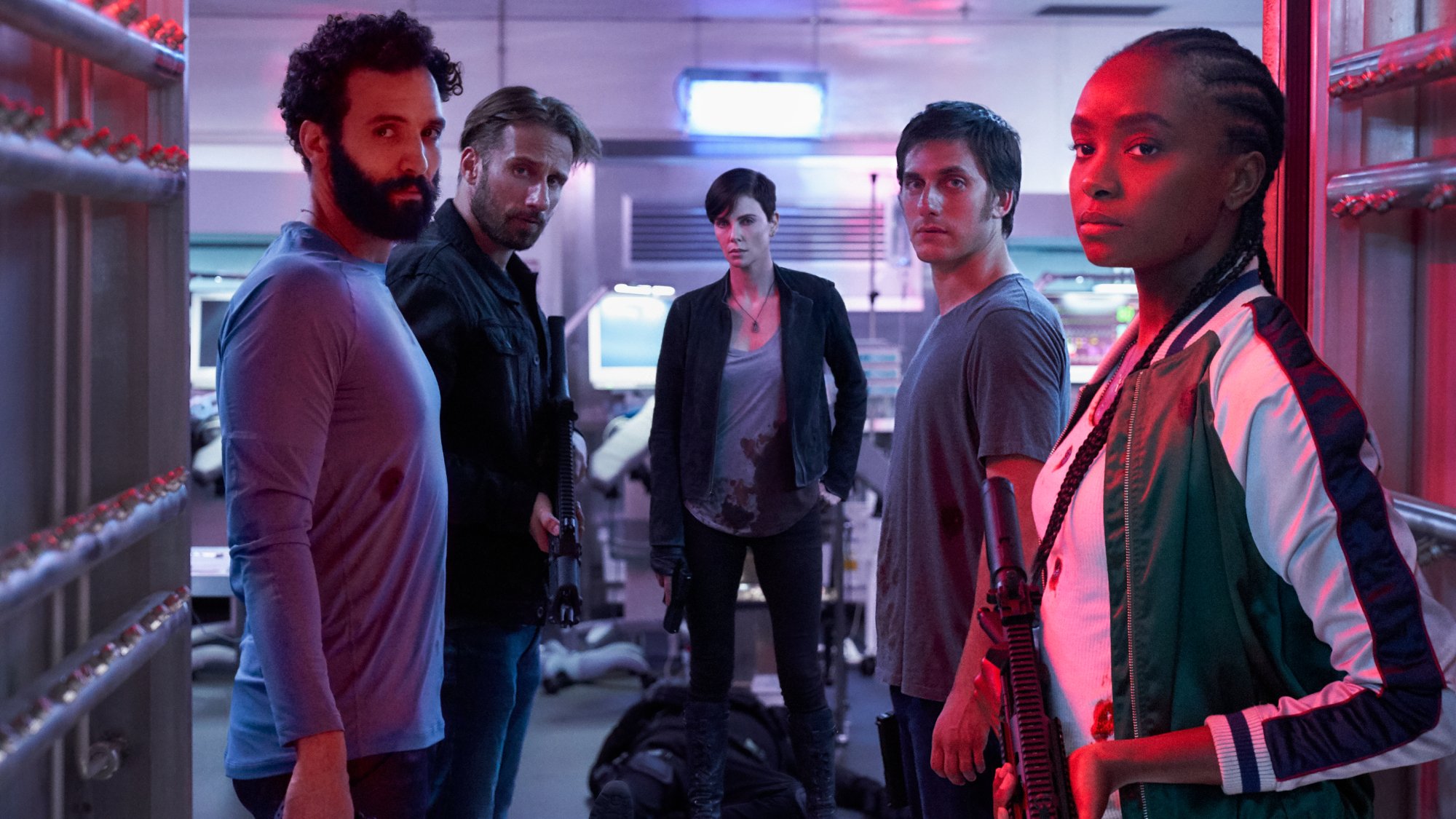
Credit: Aimee Spinks / Netflix
Charlize Theron is the hardened leader of a mysterious group of warriors who cannot die in smart blockbuster The Old Guard. Throughout their long, lonely lives, they’ve done what they can to influence history and to nudge humanity in the right direction. And now, just as a dogged investigator is close to uncovering their secret, they’ve found a new member (KiKi Layne) who desperately needs their guidance.
Director Gina Prince-Bythewood (Love and Basketball and The Secret Life of Bees) skilfully juggles the many moving parts of this high-concept, action-packed, superhero flick. Both emotionally intelligent and brutally violent, The Old Guard is a gripping, nonstop adventure that will leave you begging for more.
How to watch: The Old Guard is streaming on Netflix.
6. His House
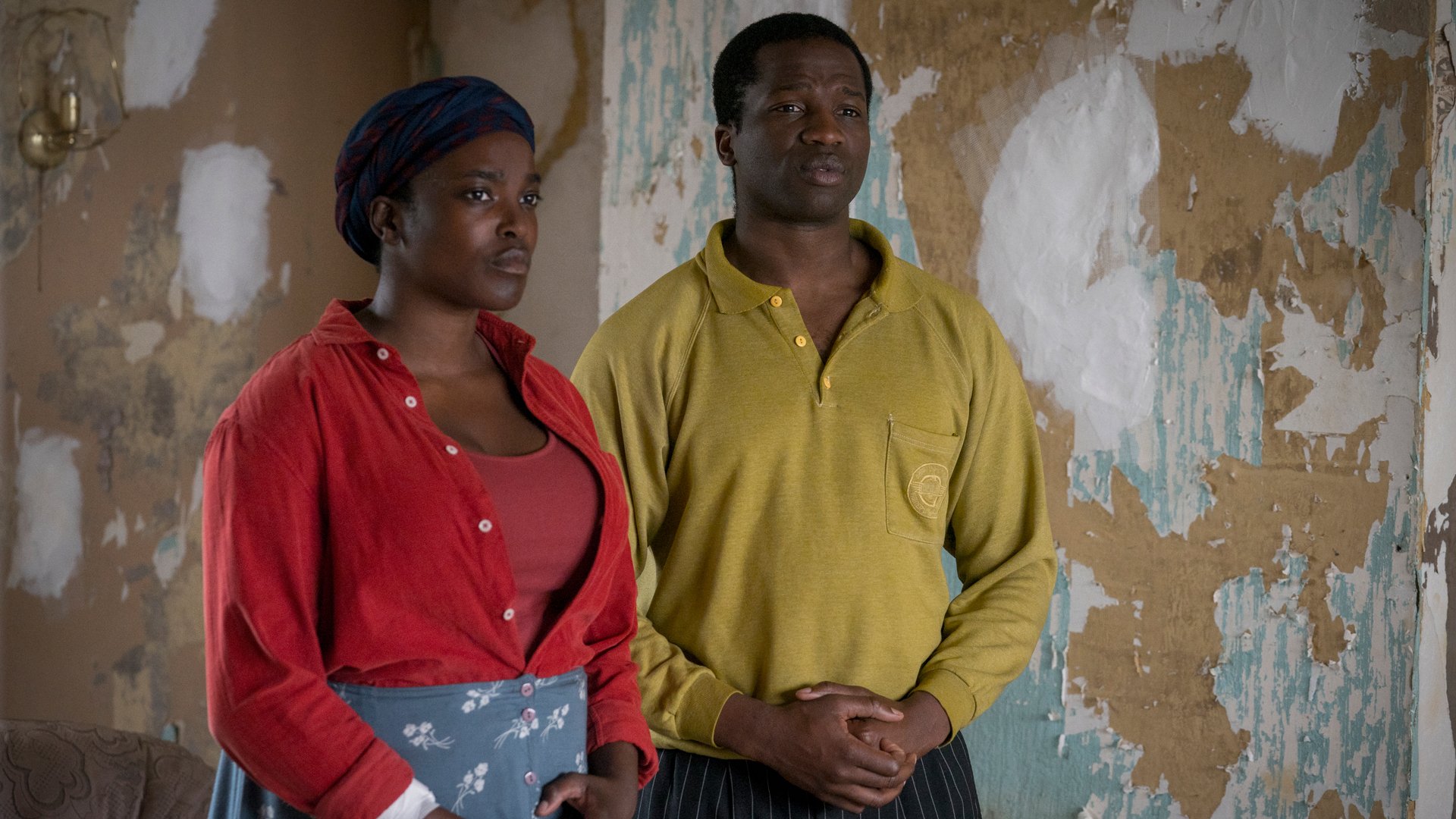
Rial (Wunmi Mosaku) and Bol (Ṣọpẹ Dìrísù) aren’t alone in their house it seems.
Credit: Aidan Monaghan / Netflix
Written and directed by Remi Weekes, His House is a horror film for the modern era — and one of the best British films to come out of 2020. Two refugees from South Sudan arrive in London after a harrowing journey that killed their daughter. They try to move forward with their new life, but a supernatural presence in their home refuses to let them forget their past. Seamlessly blending the daily dread of the refugee experience with the horror of a paranormal visitor, His House is an impressive debut film from Weekes. It’s unique, it’s socially conscious, and it’s downright terrifying.
How to watch: His House is streaming on Netflix.
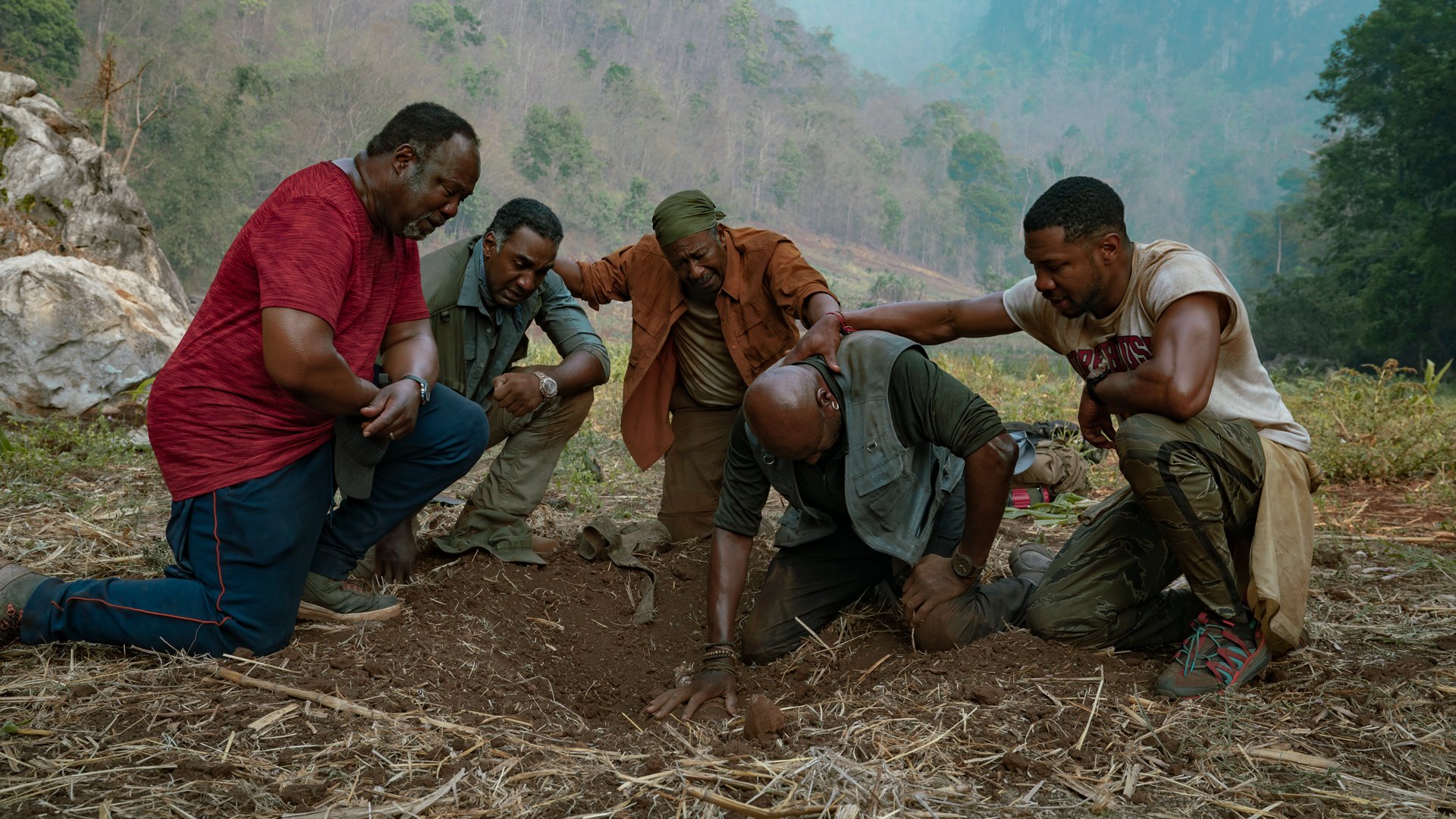
Melvin (Isiah Whitlock Jr.), Eddie (Norm Lewis), Otis (Clarke Peters), Paul (Delroy Lindo), and David (Jonathan Majors).
Credit: David Lee / Netflix
Mashable’s Adam Rosenberg reviewed Da 5 Bloods in the summer of 2020, writing: “In the midst of widespread IRL social upheaval that many hope will finally start to undo the trauma wrought by centuries of deeply embedded prejudice, this new movie delivers a powerful sense of perspective.” Spike Lee’s war film, a keenly impactful meditation on systemic racism, stars Delroy Lindo, Jonathan Majors, Clarke Peters, the late Chadwick Boseman, and more.* — Alison Foreman, Entertainment Reporter
How to watch: Da 5 Bloods is streaming on Netflix.
8. Really Love
Kofi Siriboe (from Queen Sugar and Girls Trip) is Isaiah Maxwell, an artist trying to make a name for himself in Washington D.C. With his mind focused on his career, falling in love is the last thing on his radar — until he meets a law student named Stevie Richmond (Yootha Wong-Loi-Sing).
Really Love is a tender and beautiful love story written by Felicia Pride and Angel Kristi Williams, and directed by Williams. The supporting cast here is top notch, with Uzo Aduba, Mack Wilds, Naturi Naughton, Suzzanne Douglas, Jade Eshete, Blair Underwood, Michael Ealy all sparkling on the sidelines as the two young lovers explore their place in the world. Sweet, touching, and authentic, Really Love is Black romance at its best.
How to watch: Really Love is streaming on Netflix.
9. 13th
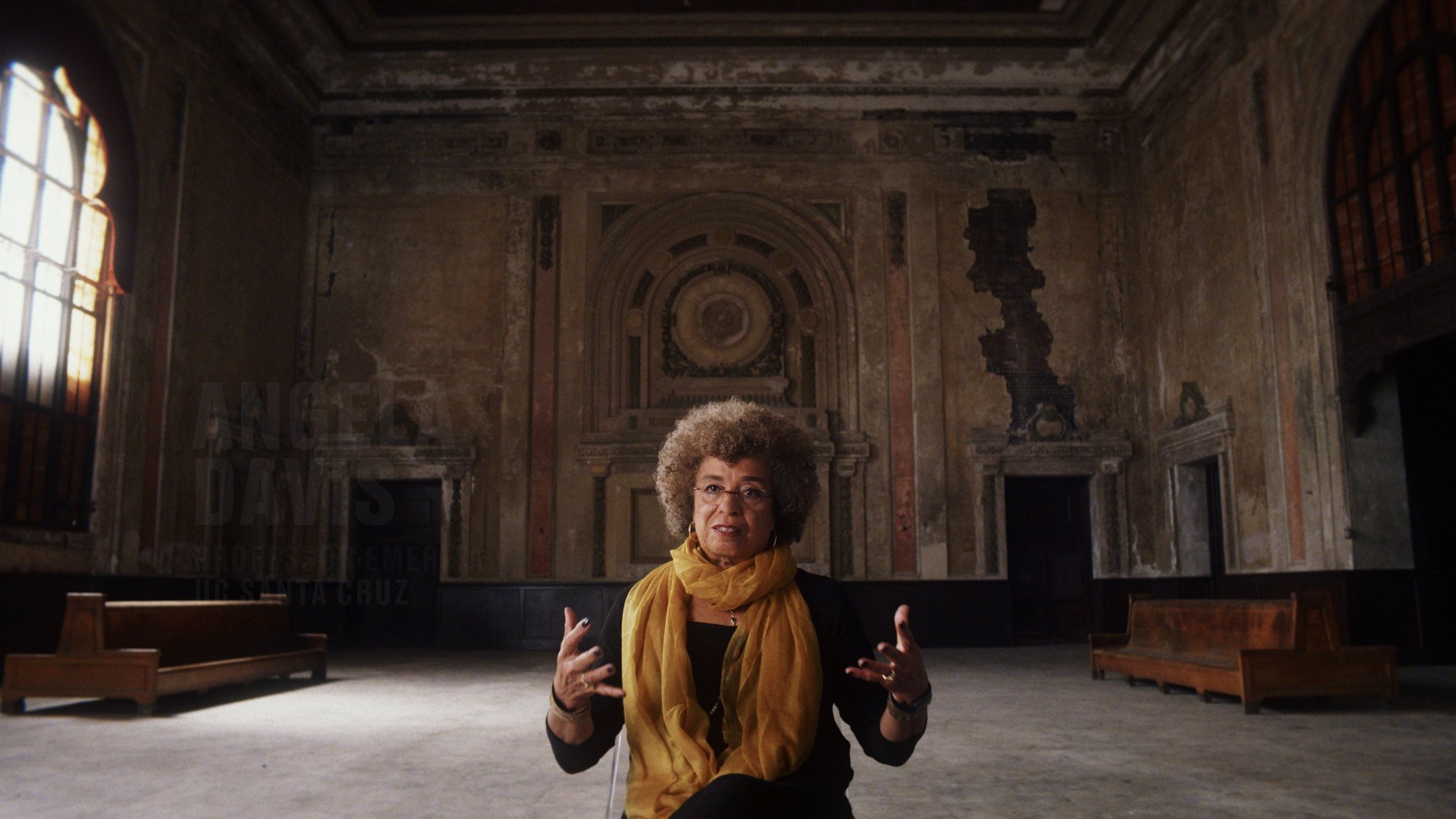
Credit: Netflix
Before Brian Banks, Free Meek, and even True Justice, Ava DuVernay’s groundbreaking 13th educated audiences nationwide about mass incarceration and the widespread wrongful imprisonment of Black Americans.
The Emmy-winning documentary, titled to reference the 13th Amendment — the amendment that abolished slavery — not only elevates the voices of those who have fallen victim to America’s broken justice system, it exposes those who made such a system possible, such as proponents of Jim Crow-era statutes and the multiple former presidents and political leaders that contributed to the Republican Party’s war on drugs (which enlisted Bill Clinton as well). 13th extensively enlightens viewers on how a majority of Black Americans unfairly serve time in the prison industrial complex. * —Tricia Crimmins, Entertainment Reporter
How to watch: 13th is streaming on Netflix.
10. Roxanne Roxanne
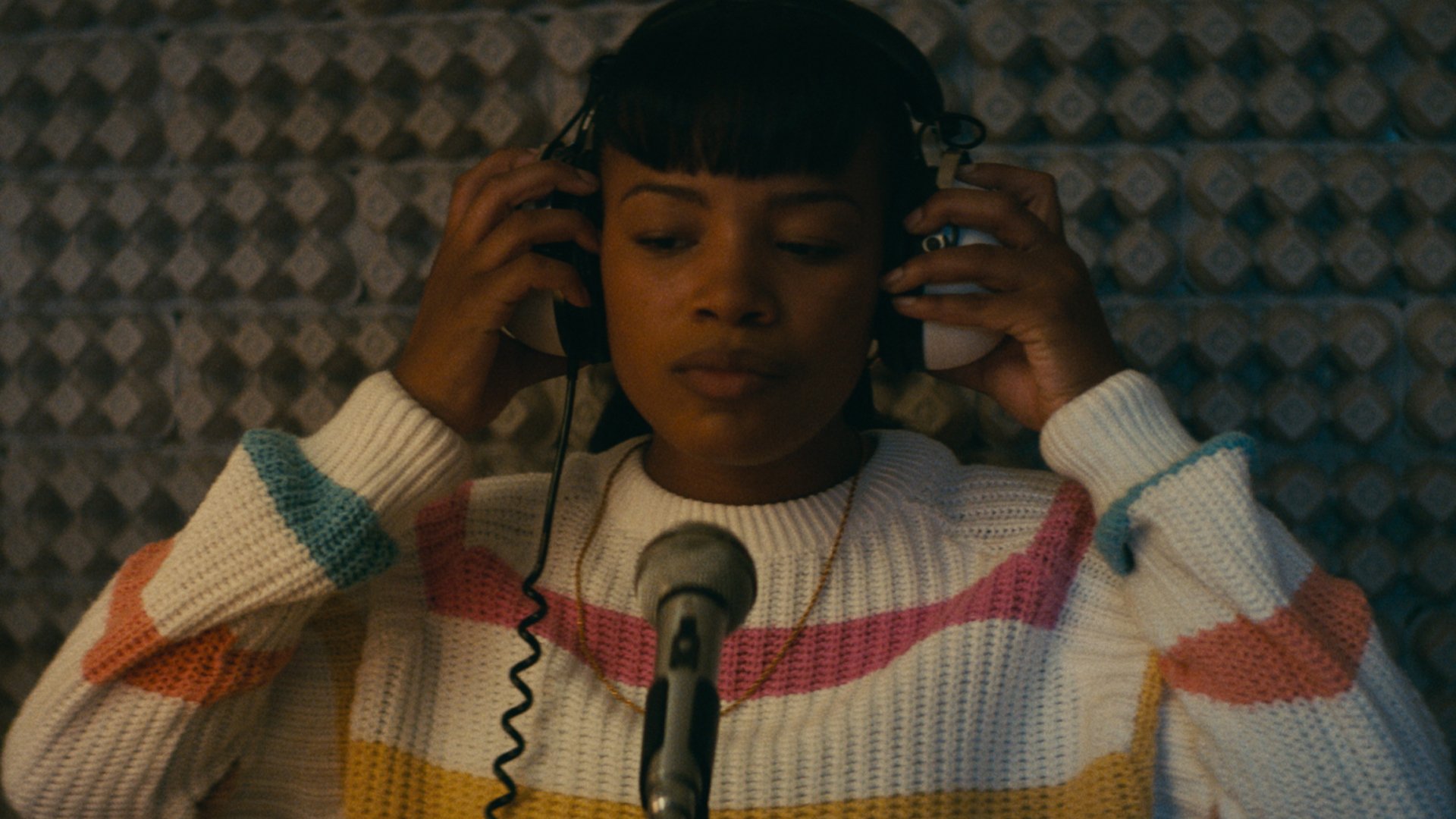
Chanté Adams takes on the role of Roxanne Shanté.
Credit: Netflix
Written and directed by Michael Larnell, Roxanne Roxanne explores the life and early career of rapper Roxanne Shanté. In the late ’80s and early ’90s, a teenage Roxanne carves out a name for herself as a fierce battle MC while navigating the dangers of living in the Queensbridge Houses in Queens, New York. Chanté Adams received the Sundance Special Jury Prize for breakthrough performance for her fiery portrayal of the young rapper. With a production team that included Forest Whitaker, Pharrell Williams, and Nina Yang Bongiovi (who discovered Ryan Coogler), music by RZA, and a supporting cast that features Mahershala Ali and Nia Long, Roxanne Roxanne is a must-see biopic.
How to watch: Roxanne Roxanne is streaming on Netflix.
11. Homecoming: A Film By Beyoncé
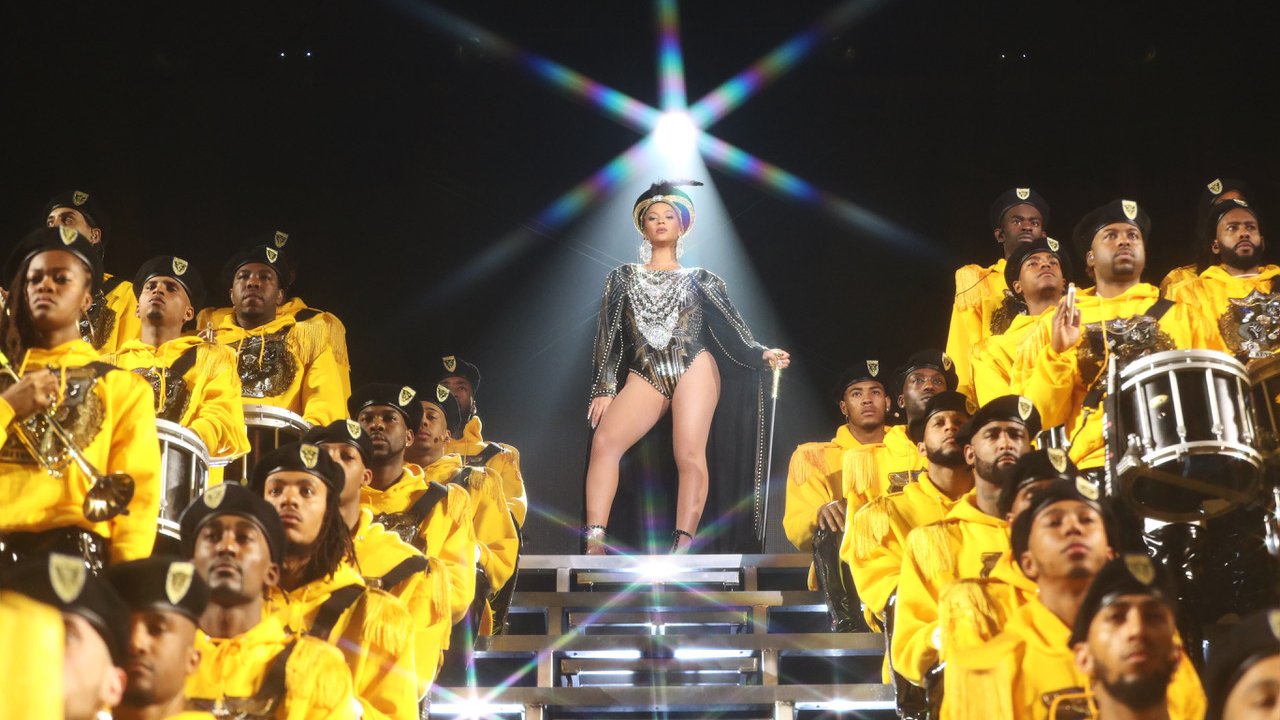
Credit: Courtesy of Parkwood Entertainment
It’s not often that we get to look behind the curtain when it comes to Beyoncé, and though Homecoming is tempered, it deeply satisfies that craving.
One of the best music documentaries on Netflix, the film follows the legendary performer as she dominates Coachella 2018, but the surprise gig also happens to be her biggest since giving birth to twins Rumi and Sir. Over the course of two hours, you watch Beyoncé ascend the stage like a phoenix rising, relishing the show’s homage to historically Black colleges across the country. In between, she opens up about the creative process how the overall vision comes to life. It’s the closest some of us will ever get to a Beyoncé concert, and we truly feel at home.* — Proma Khosla, Entertainment Reporter
How to watch: Homecoming is streaming on Netflix.
12. The Boy Who Harnessed the Wind
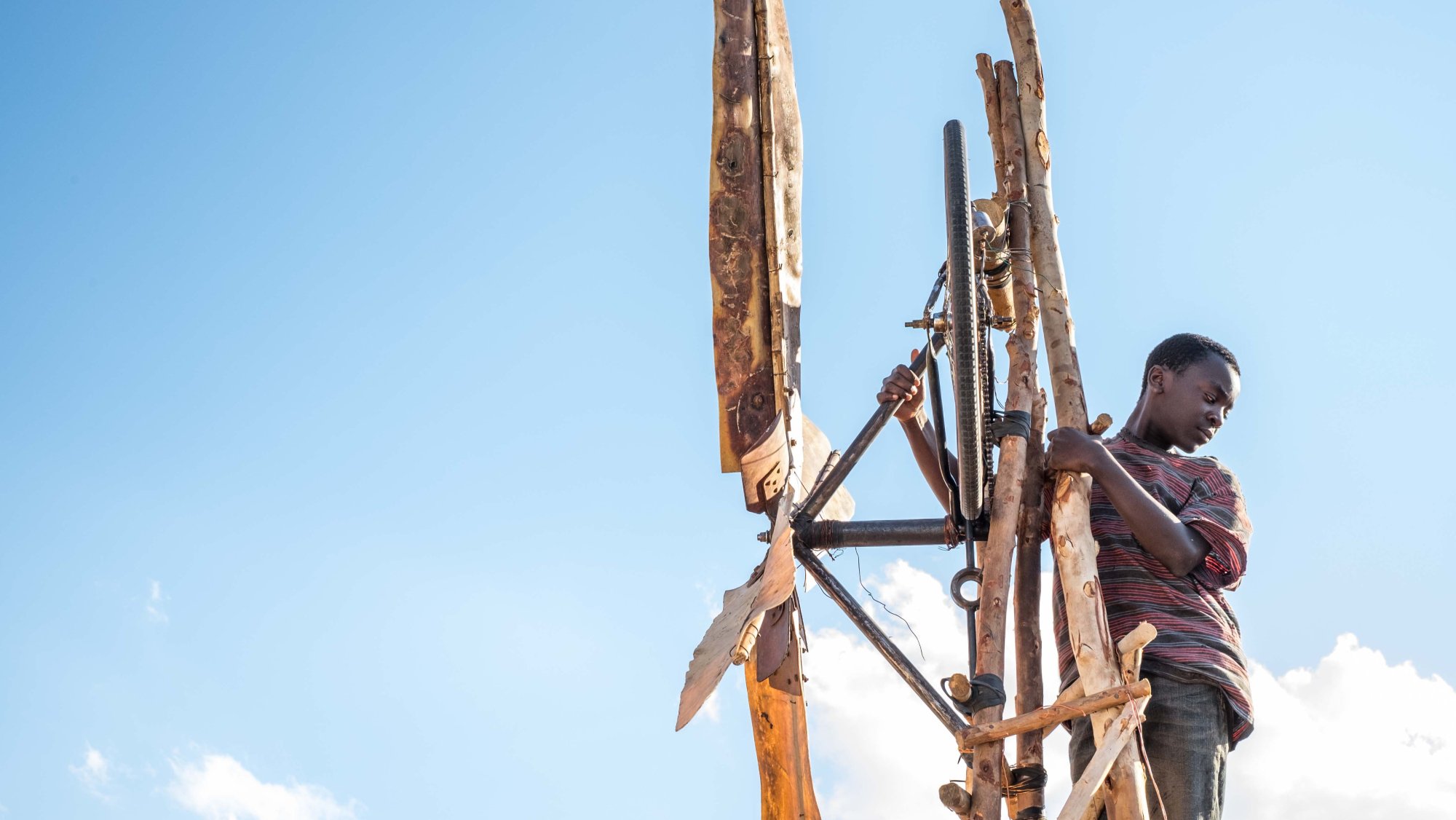
Credit: Ilze Kitshoff / Netflix
Based on a true story and a memoir bearing the same title, The Boy Who Harnessed the Wind is a Malawi-set drama from first-time director Chiwetel Ejiofor. It stars Maxwell Simba as William Kamkwamba, a young boy who loves to tinker with science and technology but can’t attend school because his family can’t afford it.
In the mid-2000s, social and economic strife leave William’s village in dire straits. He concocts a plan to save his village from a drought by building an energy-producing windmill, but there’s one obstacle: His doubting father, Trywell (Ejiofor). The Boy Who Harnessed the Wind is a touching, at times heartbreaking, and ultimately uplifting story of a young boy finding his own way to triumph over adversity.* — A.F.
How to watch: The Boy Who Harnessed the Wind is streaming on Netflix.
Asterisks (*) indicate the entry comes from a previous Mashable list.

